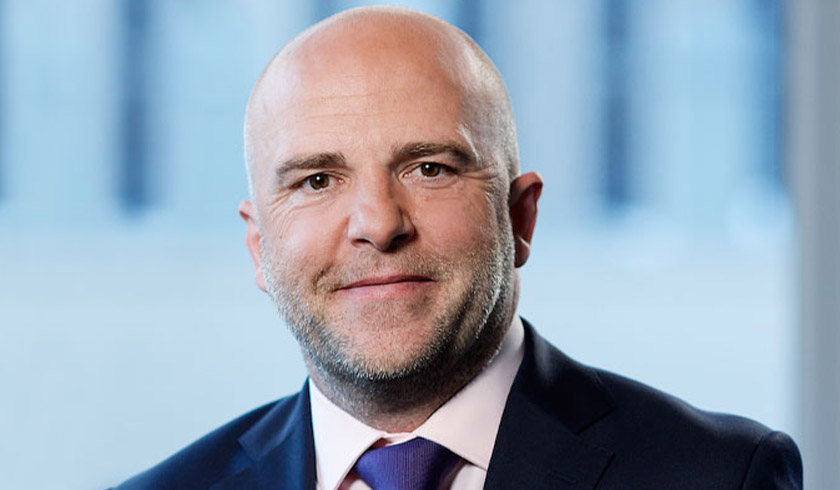Supply and demand ‘imbalance’ to trigger nationwide price boost
A misalignment of supply and demand is set to spur property price growth of up to 20 per cent in the coming years, according to new research from QBE.

Insurance group QBE has released its Australian Housing Outlook 2019–2022 report, in which it has forecast house price growth across all major capital cities.
According to QBE, Brisbane is set to experience the sharpest rise in house prices (20.3 per cent) over the three years to 2022, followed by Adelaide (12.7 per cent), Darwin (7 per cent), Canberra (6.4 per cent), Perth (6 per cent), Sydney (5.8 per cent), Melbourne (5.1 per cent) and Hobart (4.1 per cent).
Unit price growth has also been projected in all capital cities except Sydney, where unit prices are expected to drop by 0.3 of a percentage point over the same period.
Unit values are projected to rise sharpest in Darwin (9.2 per cent), followed by Canberra (6.7 per cent), Perth (5.3 per cent), Adelaide (4.7 per cent), Melbourne (3.8 per cent), Brisbane (3.2 per cent) and Hobart (2.8 per cent).
QBE Lenders’ Mortgage Insurance (LMI) CEO Phil White said the growth would come in response to a supply and demand “imbalance”.
“As well as lower interest rates, and expectations that these will remain low for some time, government incentives and an easing of lending restrictions, our report suggests that a drop-off in construction completions is likely to drive prices higher over the next few years,” he said.
“Building approvals fell by 19 per cent in 2018–19, and completions are forecast to fall to 163,500 dwellings by 2020–21 (down by 22 per cent from the average over the past five years).
“With population growth expected to remain strong, that’s well below underlying demand. This could mean some previously oversupplied markets will tip back into undersupply by 2021–22.”
Mr White added that a “discrepancy” between current demand for housing and the timing of future supply of units would also result in “greater volatility and upward pressure on property prices”.
“Given these factors, the report’s forecasts for the Sydney market may be on the conservative side, and we would expect that pockets of this market could see sharper price increases sooner,” he said.
“At the same time, while forecasts for the Brisbane house market point to solid growth, and the fundamentals do look very strong, there is a risk that consumer caution and oversupply of units could temper these projections.”
As a result of the projected price increases, QBE forecasted a 2.6 per cent decline in housing affordability — the proportion of disposable income needed to service a mortgage.

